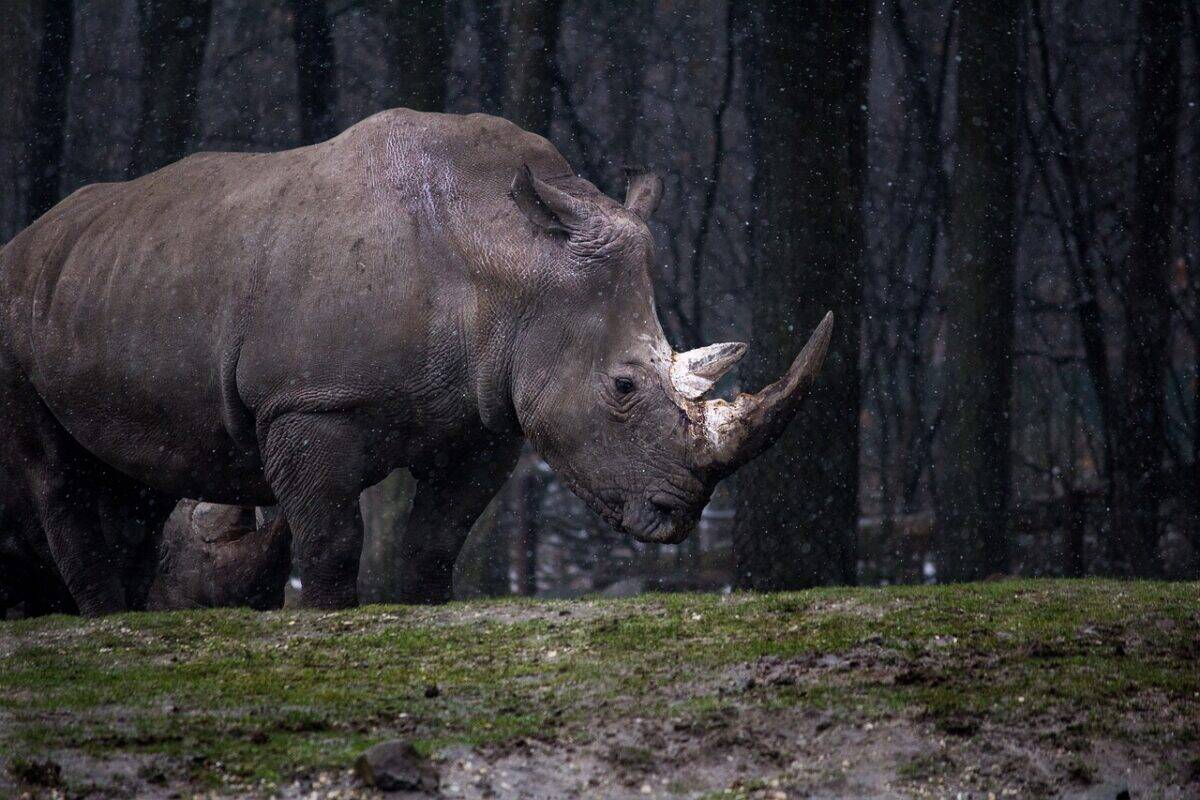The term “living fossil” evokes images of ancient creatures that have survived the test of time, preserving characteristics that harken back to prehistoric eras. Among these remarkable survivors are rhinoceroses, massive land mammals whose lineage stretches back millions of years. Often described as walking relics from a bygone age, rhinos have maintained much of their ancestral appearance and ecological role despite the dramatic changes that have transformed Earth’s landscapes and biodiversity. Their prehistoric appearance, evolutionary stability, and ancient origins all contribute to their status as living fossils. This article explores the fascinating reasons behind this designation, examining how these magnificent creatures have remained largely unchanged while the world around them has undergone revolutionary transformations.
The Definition of a “Living Fossil”
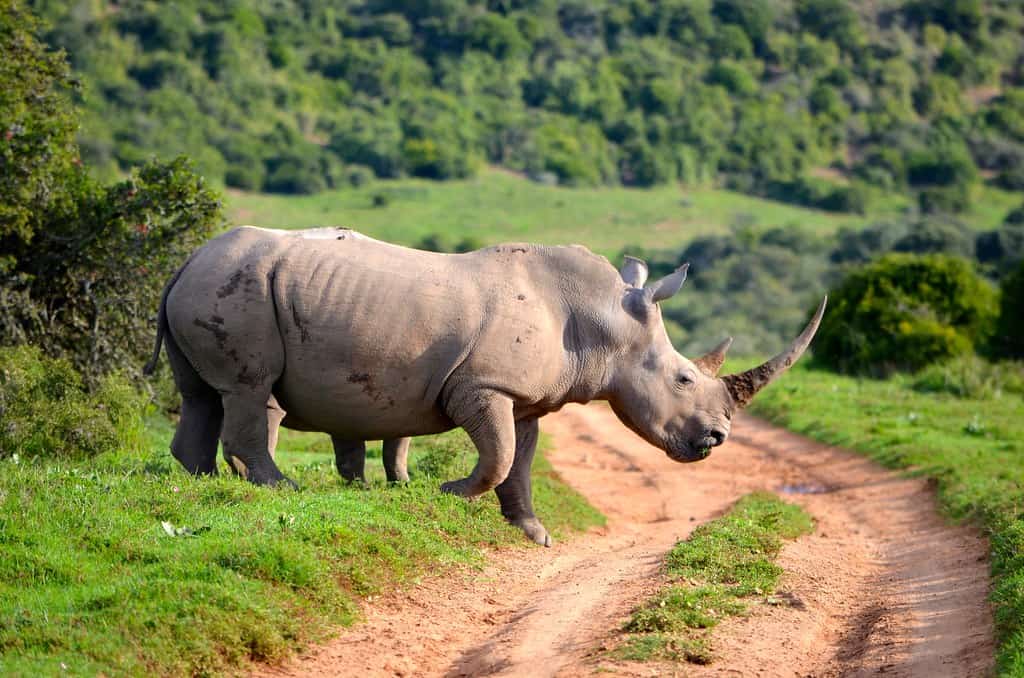
The term “living fossil” was first coined by Charles Darwin in his groundbreaking work “On the Origin of Species” in 1859. Darwin used this phrase to describe species that have remained relatively unchanged for millions of years and closely resemble their ancient ancestors found in the fossil record. These organisms typically show little morphological change over vast periods of geological time, suggesting they have found an evolutionary sweet spot that has required minimal adaptation.
Living fossils often share several characteristics: they typically belong to groups with low species diversity, occupy specialized ecological niches, and have survived multiple mass extinction events. While no organism is truly unchanged over millions of years—all species continue to evolve at the genetic level—living fossils maintain body plans and ecological roles remarkably similar to their ancient ancestors. Rhinoceroses fit this description remarkably well, having preserved many primitive characteristics that link them directly to their prehistoric forebears.
The Ancient Lineage of Rhinoceroses

Rhinoceroses belong to the family Rhinocerotidae, which first appeared in the Eocene epoch approximately 50 million years ago. Their earliest ancestors were relatively small, dog-sized creatures called Hyrachyus that lacked the iconic horn but already displayed some rhinoceros-like characteristics. By the Oligocene epoch (about 33.9 to 23 million years ago), more recognizable rhino ancestors had evolved, diversifying into numerous species across Asia, Europe, and North America.
The golden age of rhinoceros evolution occurred during the Miocene epoch (23 to 5.3 million years ago), when dozens of rhinoceros species roamed the Earth. These included some truly spectacular forms like Paraceratherium (formerly known as Indricotherium), the largest land mammal ever to walk the Earth, standing up to 18 feet tall at the shoulder. Despite this diversity, the basic rhinoceros body plan was established early in their evolutionary history and has remained remarkably consistent through tens of millions of years, reinforcing their status as living fossils.
Prehistoric Appearance and Primitive Features

One of the most compelling reasons rhinos are considered living fossils is their prehistoric appearance. With their thick, armored-looking skin, massive bodies, and primitive facial features, rhinoceroses seem to have stepped straight out of the Pleistocene epoch. Their distinctive keratinous horns—which are actually made of densely packed hair rather than bone—evolved as specialized adaptations millions of years ago and remain one of their most recognizable features.
Rhinos also retain numerous primitive anatomical characteristics. Their skeletal structure shows remarkable similarities to fossil specimens millions of years old, with only minor modifications. Their digestive system is relatively simple compared to other large herbivores, reflecting an early evolutionary adaptation to a browsing or grazing lifestyle. Even their brain-to-body ratio is relatively small, another primitive feature that has persisted throughout their evolutionary history. These physical characteristics collectively contribute to the impression that rhinos are indeed living relics from Earth’s distant past.
Evolutionary Stasis in Rhinos
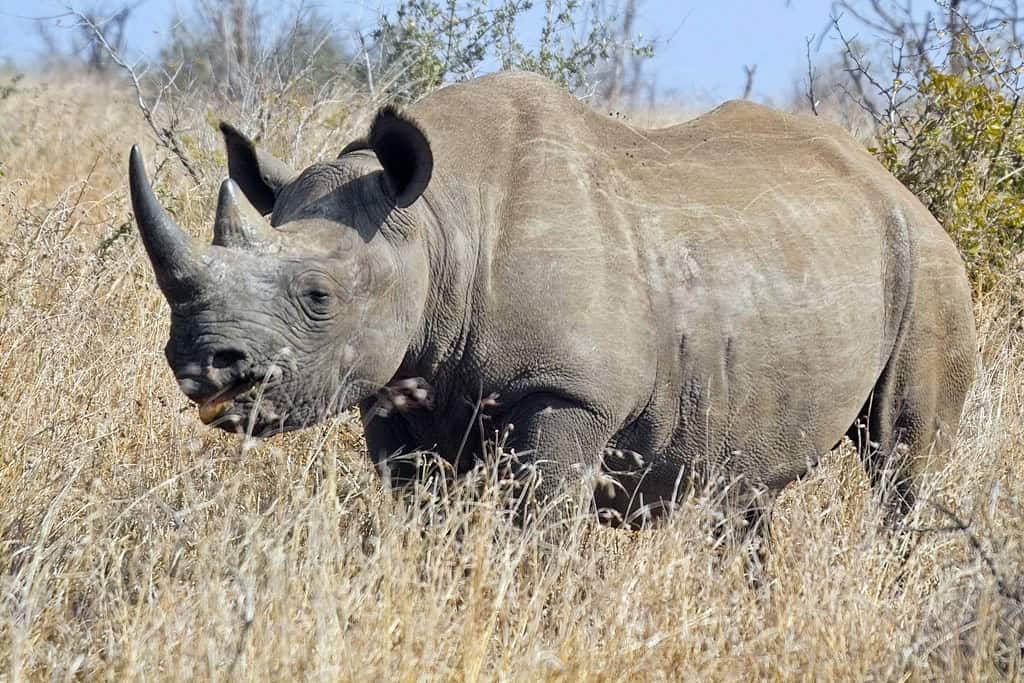
A key characteristic of living fossils is evolutionary stasis—a state where a species experiences minimal morphological change over extended periods. Rhinoceroses exemplify this phenomenon remarkably well. While their overall size and horn configurations have varied throughout their evolutionary history, their fundamental body plan has remained largely unchanged for millions of years. This stability suggests that rhinos achieved an optimal adaptation to their ecological niche early in their evolution.
Scientists attribute this evolutionary stasis to several factors. First, rhinos occupied specialized ecological niches that remained relatively stable over time. Second, their large body size and low reproductive rate resulted in slower generation turnover, which typically correlates with slower evolutionary change. Third, once rhinos evolved their distinctive adaptations—including tough skin, impressive size, and formidable horns—these features proved so effective at ensuring survival that further significant modifications were unnecessary. This evolutionary conservatism is a hallmark of living fossils and particularly evident in the rhinoceros family.
Comparison to Fossil Ancestors
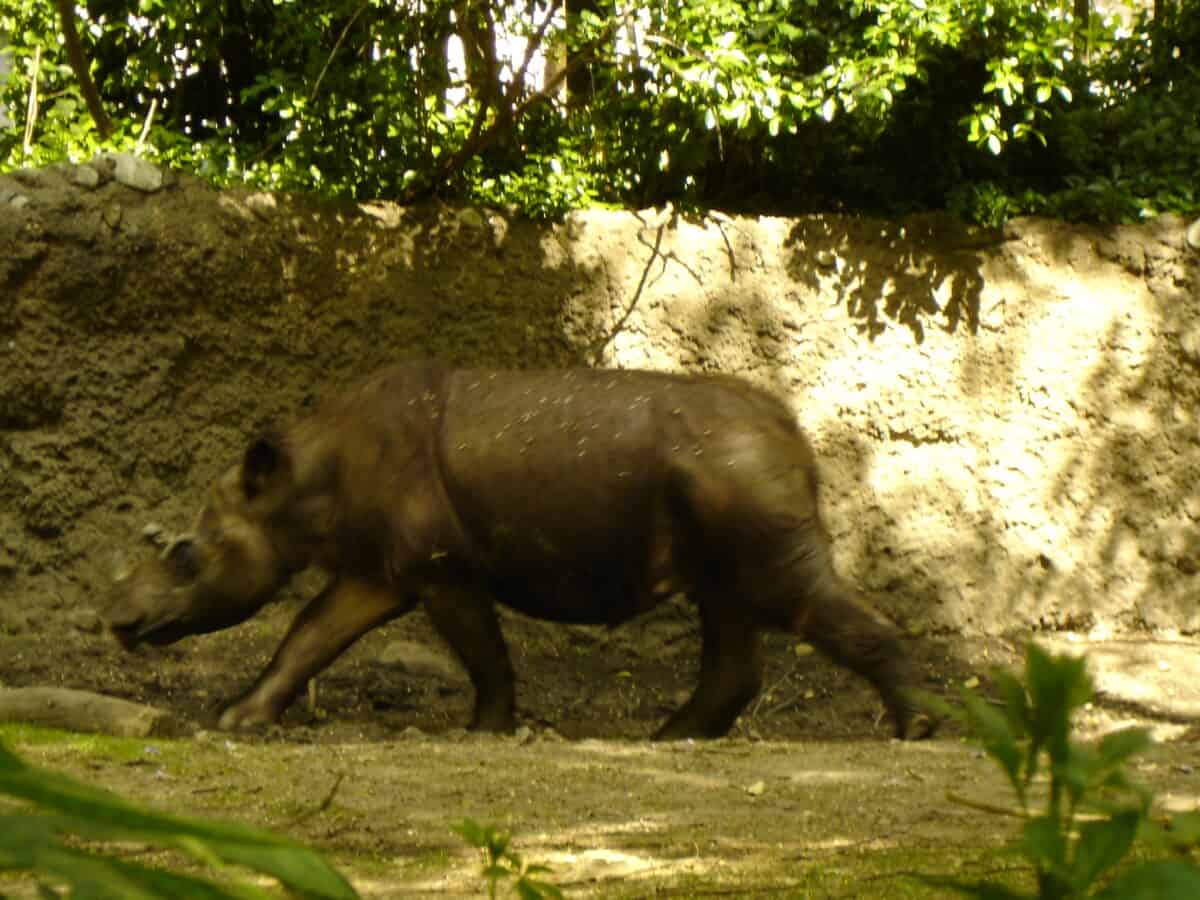
When paleontologists compare modern rhinoceroses to their fossil ancestors from the Miocene and Pliocene epochs (roughly 23 to 2.6 million years ago), they find remarkable similarities that underscore the rhino’s status as a living fossil. Species like Dicerorhinus, which lived approximately 5 million years ago, share striking anatomical similarities with today’s Sumatran rhinoceros. The woolly rhinoceros (Coelodonta antiquitatis), which survived until about 10,000 years ago, had a body structure remarkably similar to modern white and black rhinos despite its adaptation to cold climates.
Fossil evidence reveals that the basic rhinoceros locomotion pattern—a distinctive gait involving their three-toed feet—has remained consistent for millions of years. Even their dental structure, specialized for processing vegetation, has undergone only minor modifications over vast stretches of evolutionary time. These anatomical consistencies between modern rhinos and their ancient ancestors provide compelling evidence for their classification as living fossils, preserving biological traits that have proven successful for tens of millions of years.
Survival Through Mass Extinctions

Another remarkable aspect of rhinoceroses as living fossils is their lineage’s survival through multiple mass extinction events. Since their emergence in the Eocene, rhinos have weathered numerous global catastrophes, including climate shifts, habitat transformations, and the rise and fall of competing species. They survived the dramatic cooling at the end of the Eocene, persisted through the climatic fluctuations of the Pleistocene ice ages, and maintained their presence despite the megafaunal extinctions that eliminated many large mammals at the end of the last ice age.
This survival through challenging periods of Earth’s history demonstrates the effectiveness of the rhinoceros’ evolutionary adaptations. Their large size offered protection from most predators, while their ability to consume a variety of plant materials allowed them to adapt to changing vegetation patterns. Their wide geographic distribution across Africa, Asia, Europe, and North America (until relatively recent times) also provided buffers against localized extinction events. This resilience across geological timescales is characteristic of living fossils, which often demonstrate remarkable tenacity in the face of environmental challenges.
Comparison to Other Living Fossils
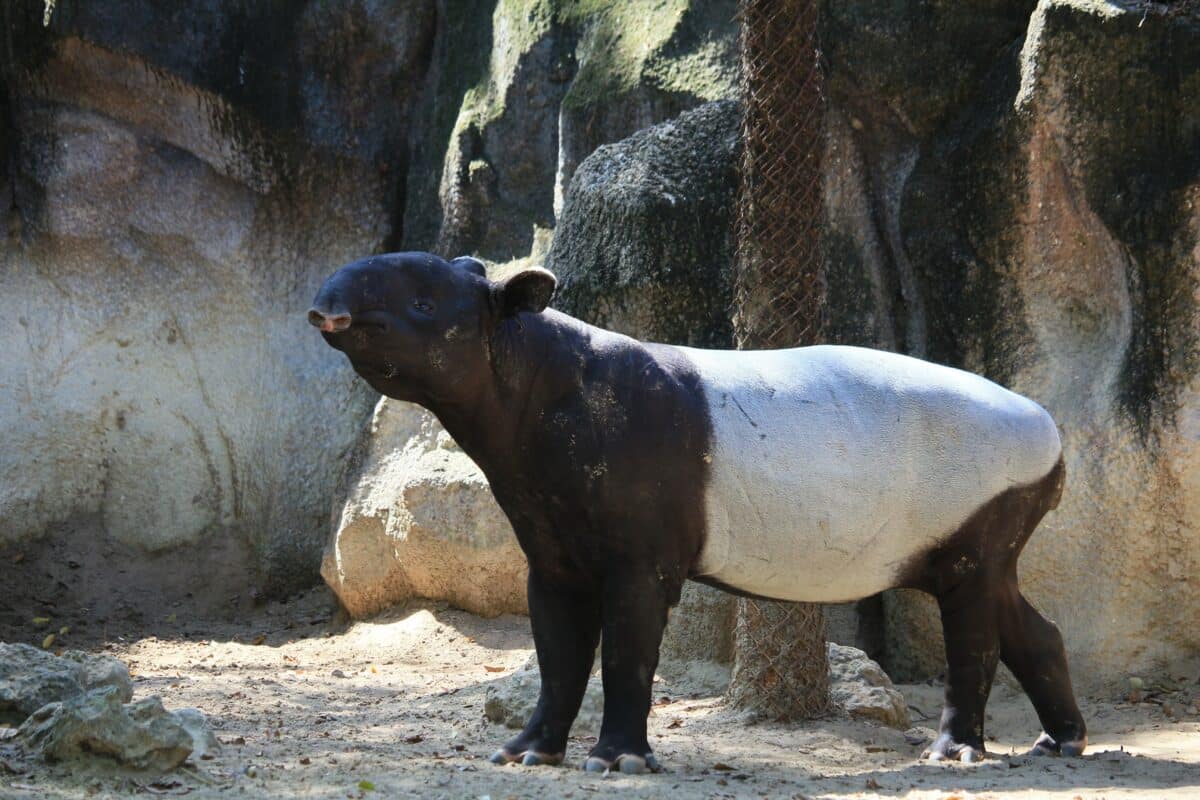
Rhinoceroses join an elite group of organisms considered living fossils, though they differ from other examples in notable ways. Unlike the coelacanth—a fish thought extinct for 65 million years until discovered alive in 1938—or the nautilus—a marine mollusk that has maintained its distinctive shell design for over 500 million years—rhinos are large, terrestrial vertebrates. This makes their persistence as living fossils particularly impressive, as large land animals typically experience stronger selective pressures and more rapid evolutionary change than many marine species.
Other mammalian living fossils include tapirs, which have changed little in 20 million years, and platypuses, which retain many primitive mammalian characteristics. However, rhinos stand out due to their larger size, more specialized adaptations, and the dramatic decline they’ve experienced in recent times. While most living fossils have found ecological niches that shield them from competition and environmental changes, rhinos have maintained their ancient characteristics despite inhabiting environments that have undergone dramatic transformations—a testament to the effectiveness of their evolutionary adaptations.
Modern Diversity of Rhinoceroses

Today, only five rhinoceros species survive: the white and black rhinos in Africa, and the Indian, Javan, and Sumatran rhinos in Asia. This represents a dramatic decline from the dozens of species that once roamed across much of the Northern Hemisphere. Each surviving species retains the characteristic features that identify rhinos as living fossils, though with adaptations to their specific environments. The white rhino, with its square lip adapted for grazing, contrasts with the hook-lipped black rhino specialized for browsing on woody vegetation. The heavily armored Indian rhino differs from the more primitive-looking, hairy Sumatran rhino—the closest living relative to the extinct woolly rhinoceros.
Despite these variations, all modern rhinos share the fundamental characteristics that have defined their family for millions of years: large bodies, thick skin, distinctive horns (except for some female Javan rhinos), and specialized digestive systems. The limited diversity of modern rhinos compared to their historical abundance is typical of living fossil groups, which often show reduced species richness in modern times while maintaining their distinctive ancient characteristics. This pattern reflects both the effectiveness of their basic adaptations and their vulnerability in the face of changing environments and human pressures.
Genetic Evidence Supporting Living Fossil Status

Modern molecular techniques have provided additional evidence supporting the rhinoceros’s status as a living fossil. Genetic studies reveal that rhinos have relatively slow rates of genomic evolution compared to many other mammals. Their DNA shows remarkable conservation of certain gene sequences over millions of years, particularly those related to their distinctive physical characteristics. This genetic conservatism aligns with their morphological stability and reinforces their classification as living fossils.
Genomic research has also helped clarify the rhinoceros family tree, confirming that today’s species are indeed direct descendants of ancient rhinoceros lineages rather than the result of convergent evolution. Studies of ancient DNA extracted from fossil specimens have shown genetic continuity between extinct and modern rhino species, with relatively few major genetic innovations over vast periods. This molecular evidence provides a powerful complement to the fossil record, offering a window into the evolutionary processes that have maintained the rhinoceros’s ancient characteristics over millions of years.
Ecological Role as Living Fossils

Beyond their physical characteristics, rhinoceroses qualify as living fossils due to their persistence in ecological roles that have remained largely unchanged for millions of years. As massive herbivores, they shape their environments through their feeding habits, creating openings in dense vegetation and dispersing seeds through their digestive systems. This ecosystem engineering function has been performed by rhinoceros species since the Miocene, making them living representatives of ancient ecological processes.
Modern ecological studies reveal that rhinos continue to fulfill roles similar to those of their ancient ancestors. White rhinos in Africa maintain grassland ecosystems through their grazing activities, while browsing rhino species help shape woodland and forest edge habitats. The disappearance of rhinos from much of their historical range has resulted in measurable changes to vegetation patterns, highlighting their importance as keystone species. This ecological continuity—maintaining functional roles established millions of years ago—provides another dimension to their status as living fossils, preserving not just ancient forms but ancient ecological relationships.
Threats to Modern Rhinos as Living Fossils

Despite surviving for millions of years through countless environmental changes, today’s rhinoceroses face unprecedented threats that endanger their continued existence as living fossils. All five remaining species are threatened, with three classified as critically endangered. Poaching for their horns—driven by their use in traditional medicine and as status symbols—represents the most immediate threat, claiming hundreds of rhinos annually. Habitat loss due to agricultural expansion, logging, and human development further restricts their range and fragments populations.
These modern threats are particularly poignant given the rhinoceros’s status as a living fossil. After successfully adapting to natural challenges for 50 million years, rhinos may be extinguished by human activities within a mere century or two—an evolutionary blink of an eye. Conservation efforts are working to protect remaining populations through anti-poaching measures, habitat preservation, and captive breeding programs. Without these interventions, we risk losing one of Earth’s most remarkable examples of evolutionary persistence—a living connection to the distant past that has survived since the dawn of the Age of Mammals.
Rhinoceroses truly deserve their designation as “living fossils,” representing an extraordinary evolutionary success story that spans 50 million years of Earth’s history. Their prehistoric appearance, anatomical similarities to fossil ancestors, genetic conservatism, and preserved ecological roles all testify to the remarkable stability of their evolutionary design. Through climate shifts, continental movements, and mass extinctions, the rhinoceros lineage has persisted, maintaining fundamental characteristics that link today’s species directly to their ancient forebears.
As we work to protect the remaining rhinoceros species from extinction, we are not merely saving charismatic megafauna—we are preserving living representatives of Earth’s distant past. Each rhinoceros that survives represents an unbroken genetic lineage stretching back to the early Cenozoic era, carrying forward biological adaptations that have proven successful for tens of millions of years. In their massive bodies, specialized horns, and distinctive behaviors, rhinos offer us a glimpse of prehistoric landscapes and ecological relationships that would otherwise be accessible only through fossils.
The story of rhinoceroses as living fossils reminds us of the deep time perspective that evolutionary biology provides. These magnificent creatures have witnessed the rise and fall of countless species, the formation of mountain ranges, the shifting of continents, and dramatic climate transformations. That they now face extinction due to human activities represents a profound tragedy—the potential loss of evolutionary heritage that has survived since times when our own ancestors were small, primitive mammals. By understanding and appreciating rhinoceroses as living fossils, we gain a deeper appreciation for their conservation significance and the urgent need to ensure their survival into the future.
- The Coldest Town in America—And How People Survive There - August 9, 2025
- How Some Birds “Steal” Parenting Duties From Others - August 9, 2025
- 12 Deep-Sea Creatures You Won’t Believe Exist - August 9, 2025

